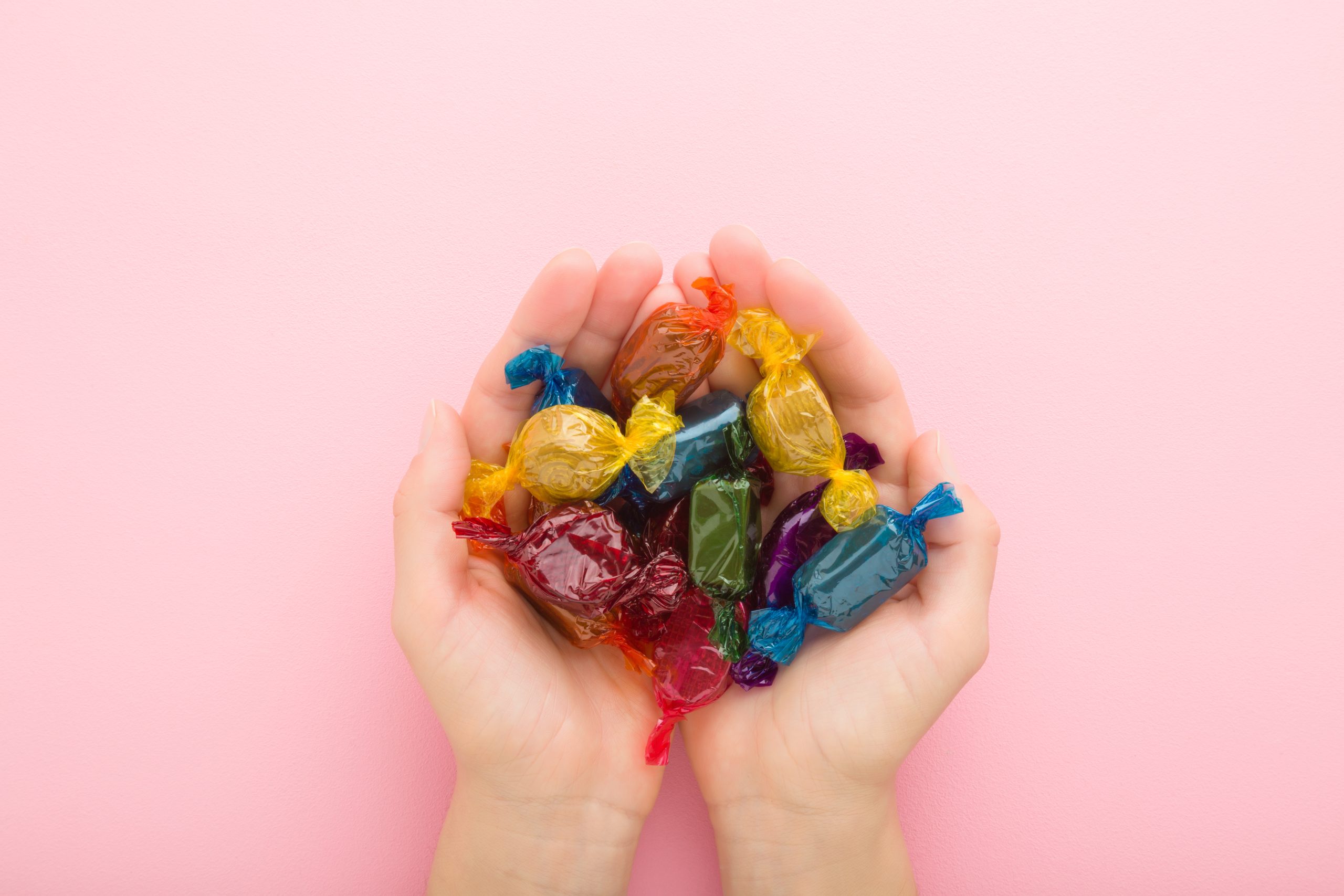It’s Time to Promote a Circular Economy
Plastic has been around for more than a century and is one of the most vilified materials worldwide. Why? Because both consumers and the packaging industry abuse it, since it is inexpensive, easy to produce, and even easier to distribute. Plastic is used for everything from packaging to the single-use masks we now find littered throughout cities worldwide, and the plastic pollution crisis is getting worse. We see it in our oceans, our sewers, and around our neighborhoods—all because, if you think of it, plastic is one of the strongest and most durable materials in the world. One only needs to know how to harness its features for applications where they are required. We don’t need to pollute the environment with improper waste treatment.
As one walks through the street, a hospital, or even a doctor’s office, they’ll notice plastic is everywhere. In the medical field, plastics can be used for a plethora of medicines and devices. Prosthetics, engineered tissues, and microneedle patches for drug delivery are all good examples highlighting the diversity of polymers use-cases. No one wants to rely on used needles, IVs, or bandages. The use of single-use plastics in medicine is extremely beneficial because sterilizing used equipment is very energy-consuming.
Plastics provide solutions for water sustainability, from the plastic pipes used in irrigation, reservoirs, and greenhouses to bottles and filters that provide clean drinking water. The polymers are utilized in portable purification systems to help people worldwide obtain clean drinking water and water for agricultural purposes where they may not have had access to it before.
So the truth is, plastic is not the problem, the problem is that we are discarding it so early into its life cycle. Instead of thinking of one necessity for the polymers, innovators need to think about the entire life cycle of these materials. The usual methods of burning and landfills will soon become unsustainable. As people continuously toss their plastic into landfills, land resources that could be utilized for other uses are diminished.
Recycling is part of the solution, but it requires overcoming many more obstacles. These include: accurately sorting plastics into the correct recycling bins and the volatility of the price of oil can directly affect the economic motivation to use recycled plastics. When crude oil costs less, it costs less to make “virgin” plastic and plastic resin. The premium paid for the recycled material becomes a higher cost to a converter and recycle plastic producers need that premium to cover higher expenses for collection, sorting, and recycling.
Contrary to what is ingrained in our heads, plastics offer various benefits to society, especially in public health and medicine and food supply and safety. Instead of trying to rid the world of all plastic, consumers and producers need to rethink this approach by exploring and promoting a more circular economy. Not only are plastics versatile and cost-effective, they also require less energy to produce than alternatives. There is a myth that a plastic bag from the grocery store is more harmful than reusable bags, but it’s not true. A Danish study revealed that an organic cotton bag must be used 20,000 times to have the same environmental footprint as the plastic bag which only needs to be reused once.
Instead of trying to find alternatives or doing nothing, it’s time to promote a circular economy. So far, more than 500 businesses, organizations, and governments have signed onto the Ellen Macarthur Foundation’s pact aiming to create a circular economy for plastic by 2025 so it never becomes waste.
We cannot move backward, and the use of plastic cannot be stopped. Our quality of life will shift. Instead of cutting out plastic, it’s time to rethink our disposal tactics. We have the technology—all we need is the drive to stop the pollution without giving up plastic.
About the Author
Yanir Aharonson is the CEO of Polysack (www.polysack.com). He is a serial entrepreneur with 20 years of experience managing technology-based start-ups and established companies. Aharonson is experienced in strategic planning, market development, go-to-market, business development, fundraising, P&L management, and building a strong management team. He holds a B.S. in computer science and an M.A. in economics and business from Hebrew University.


